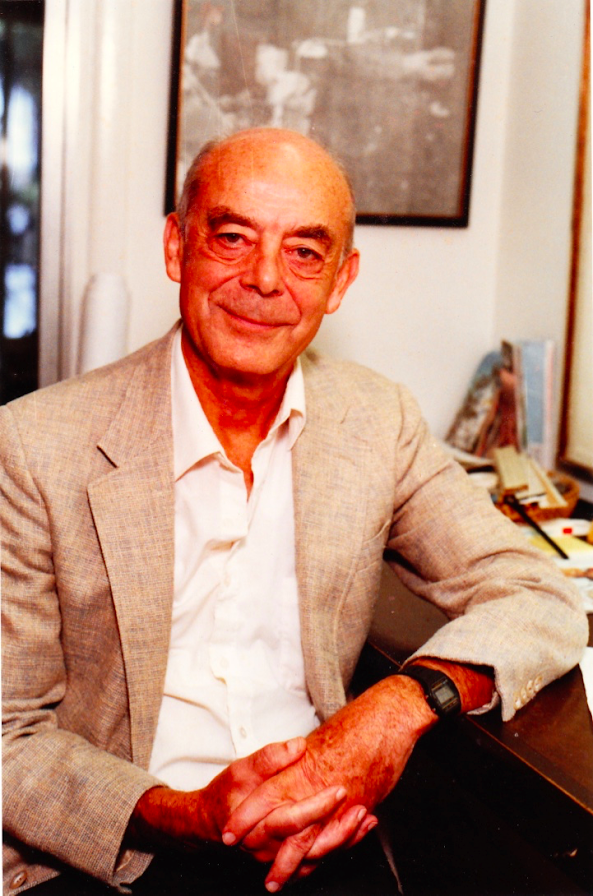Raymond Sheline was a chemist at Columbia University and a member of the Special Engineer Detachment at Oak Ridge and Los Alamos. He was born in Port Clinton, Ohio on March 31, 1922. He attended Bethany College, where he studied Physics.
After graduating from Bethany College in 1942, Sheline received a telegram from Harold Urey inviting him to join the Manhattan Project at Columbia. His group at the university focused on resolving problems caused by corrosion during the gaseous diffusion process.
After being drafted into the Army, Sheline was sent to Oak Ridge and Los Alamos as a member of the Special Engineer Detachment. While in the Army, he achieved the rank of Staff Sergeant. At Los Alamos, he contributed to work on the trigger for the plutonium bomb. He was removed from the army to continue his work at Columbia on separating Uranium-235 (fissionable) from Uranium-238.
Sheline received a Ph.D. from the University of California, Berkeley in 1949 and was a professor at Florida State University for nearly 40 years. In the early 1950s, he helped establish a nuclear chemistry laboratory at the Niels Bohr Institute in Copenhagen. He was elected to the Danish Royal Academy of Sciences in the 1970s.
While working at the University of Chicago, he met his wife, Yvonne Engwall Sheline. The couple married in 1951 and had seven children. In 1999, Sheline retired from FSU but continued to publish scientific papers until 2008. Over the course of his career, he published 446 papers.
Sheline passed away on February 10, 2016. To listen to a 2009 interview with Raymond, conducted by his son, Johnathan Sheline, please click here.





